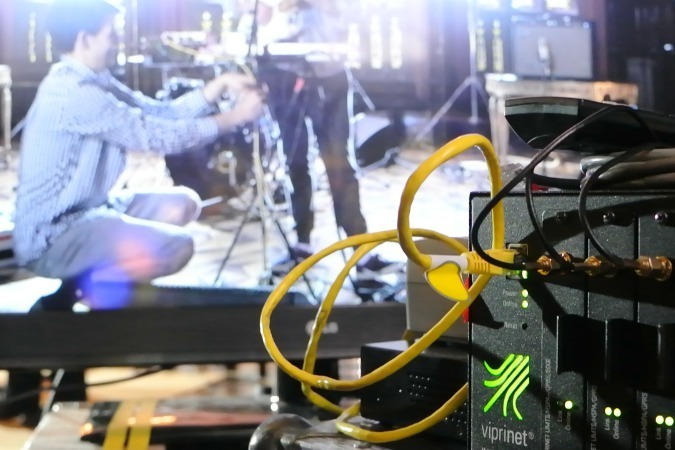Accessibility is important to us. We use our services to communicate messages to audiences, whatever their situation and wherever they are. Indeed, accessibility can often be a key focus of any project for Inner Ear, utilising available tools to allow access to events, information and content certain people would normally have no hope of seeing.
Barriers to accessibility show themselves in a variety of ways. One aspect we often deal with that can prevent accessibility is location. In cases where a conversation or event is taking place in a geographical area that is not accessible to everyone, this can be turned around through the use of live video streaming event coverage. By filming and streaming an event live online, those not in physical attendance cannot only enjoy access to the visual and audio aspects of the event but can also take part.
This participation can be brought through the chat room functionality on services such as Livestream, where an entirely unique and relevant conversation can take place amongst the online audience, responsive to the stream footage itself. This online participation and engagement is also often led through the use of #hashtags. Events featuring discussion can involve the online audience through the posing of questions on Twitter and Facebook using a specific #hashtag to aggregate any comments on the topic.
Scottish Ballet used this method to great effect in the recent Behind the Scenes series for their Romeo and Juliet production we filmed and streamed, where the engaged audience used #SBRomeoJuliet to pose questions live to the cast of the upcoming show.
Watch: Romeo & Juliet Behind The ScenesAccessibility issues are also often found around events that concern or include people with disabilities. This ranges vastly from physical barriers (such as non-wheelchair access to venues) to communication barriers where, for example, much of the desired audience are deaf or blind. Overcoming these barriers can be achieved through careful consideration for the audience unable to access and a desire to facilitate access over and above the usual approach.
A great example of this unwavering desire to provide access was an exciting audio project we worked on recently. Artlink Edinburgh commissioned us to create an audio documentation of a performance event for blind people that they created at the National Library of Scotland. The event featured renowned Scottish poet Ken Cockburn taking audiences on a special journey through the historic library featuring description, readings and live music. Inner Ear created a podcast for this project to further allow access to an event bursting with innovative ideas.
Listen to the podcast Inner Ear produced for ‘A Bat Squeak-echo of Other Time’ on SoundCloud:
When looking at accessibility for Deaf or deafened audiences to an event or project, there are many different ways this can be brought into play. Edinburgh Festival Fringe Society recently asked us to live stream a panel discussion and make it accessible to Deaf people via the inclusion of a British Sign Language (BSL) interpreter. A new but valuable venture for Inner Ear’s live streaming capabilities, we were determined to make this work and subsequently sourced, briefed and directed our own BSL interpreter as part of producing the programme. This approach also required some tech planning and working out the logistics according to the specifications of the interpreter and the needs of the desired audience of the broadcast.
We filled this BSL interpreter role perfectly when finding Clare Canton, one of a handful of qualified BSL practitioners who are themselves Deaf, currently studying for her PhD at Edinburgh’s Heriot-Watt University. After some careful planning with Clare, we were ready to conduct the live streamed show…
With the camera pointing at Clare, she looked at her hearing interpreter who was listening directly to the panel discussion and feeding information to Clare. Clare then translated the discussion to the online audience at home in BSL. For an unscripted event, this is a recommended method to ensure the audience watching gets a high quality BSL translation. The rationale behind this model is that interpreters usually work into their first language so, as a Deaf person who has BSL as her first language, Clare was best suited to make sure the interpretation was accessible and clear for the Deaf audience online.
Watch: Edinburgh Festival Fringe Roadshow with BSL Interpretation
After the successful event, we spoke with Prof Graham H Turner from Heriot-Watt University, Director of the Centre for Translation & Interpreting Studies in Scotland. He had the following to say about this work in accessibility…
“For a geographically highly diffuse linguistic community like BSL users, live streaming is huge step forward, and Deaf people are enthusiastically employing the power of digital video technologies to establish a stronger ‘voice’ in public life. With 49,497 performances of 3,193 shows by artists from 47 countries in 299 venues across Edinburgh, and 2.1 million tickets sold, the 2014 Fringe was obviously a colossal cultural event by anyone’s standards – and yet next to none of that is routinely accessible to BSL users. We’re determined to see that change, and it’s great to see like-minded partners doing whatever they can to take ‘inclusion’ beyond tokenism and into something much more meaningful. Clare Canton is a pioneer in her field: she has over twenty years’ experience in presenting, translating and interpreting into BSL on video and television for broadcasters including Channel 4 and ITV – but she’s always keen to challenge herself in new ways, and this opportunity harnessed innovation, co-production and social purpose together to great effect.”
In other accessibility work, we recently live streamed a performance from the Barrowland Ballroom because the venue was inaccessible to wheelchair users, which included three of the convention’s delegates who watched the performance on an iPad over dinner in their hotel instead. We also devised and produced a year-long series of shows for Youth Music Forum Scotland on behalf of Creative Scotland, called YMFS Feedback, breaking down barriers to participation by broadcasting discussions around relevant nation-wide youth arts topics to anywhere in the country (and beyond) with an internet connection.
Innovating in this field and striving to develop these methods can only lead to greater accessibility for all audiences, no matter of their location or situation, and in turn can break down barriers that lead to a lack of participation for one too many audience members and contributors.
Here’s to accessibility!

